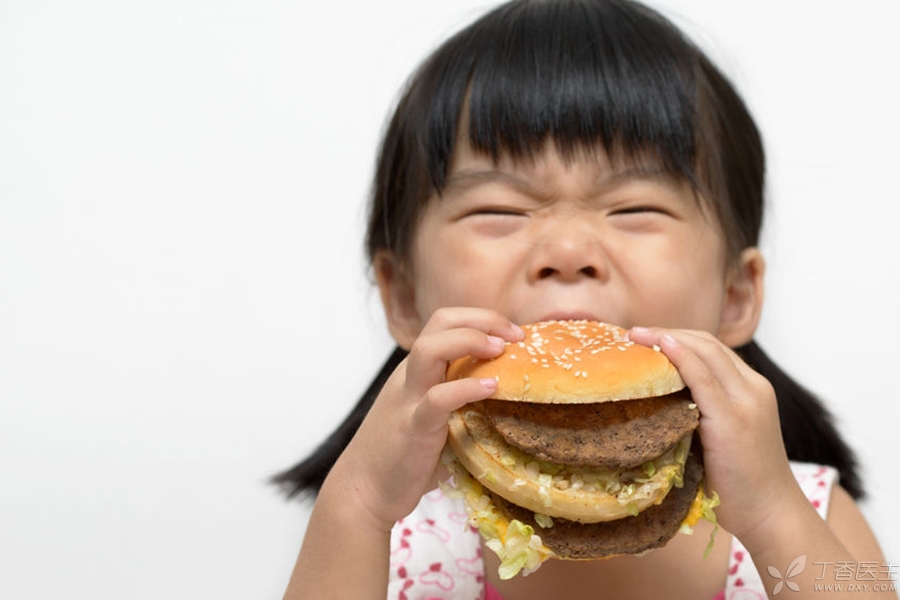
The sensitivity of mothers is always MAX for what their children eat and drink, especially the articles forwarded by the circle of friends at regular intervals, such as [I won’t give the children any food if these foods are killed] and [if these N kinds of foods are given to the children, they will harm the children], which make the mothers nervous.
Is there any [food that will not be given to children even if killed]?
Cloud unintentional teacher, talk to everyone about children’s diet taboos.
What foods [children must not eat]?
A summary of one sentence:
Children can eat what adults can eat.
What adults cannot eat, children must not eat.
Like fish gall, fresh day lily or agaric, and sprouted potatoes, etc., are poisonous or harmful to the body if eaten. This kind of adults cannot eat, and children cannot eat it of course.
-What about the carcinogenic barbecue?
-What about popcorn that makes you stupid?
-What about puffed food with additives?
What Dr. Clove wants to say is that the behavior of talking about toxicity regardless of dosage is hooliganism ~
These foods are [foods that are not very good for children’s health] and should be eaten less or not as much as possible. However, is it alarmist to characterize them as [foods that cannot be eaten by children even if they are killed]?
-My children can’t eat XXX once they have diarrhea?
Well, the tolerance of each food to different children is different, and it cannot be all-inclusive. Even the children themselves, the risk of food intake is different at different stages.
Instead of focusing on [what must not eat] every day, we should pay more attention to the possible risks of food to babies of different ages.
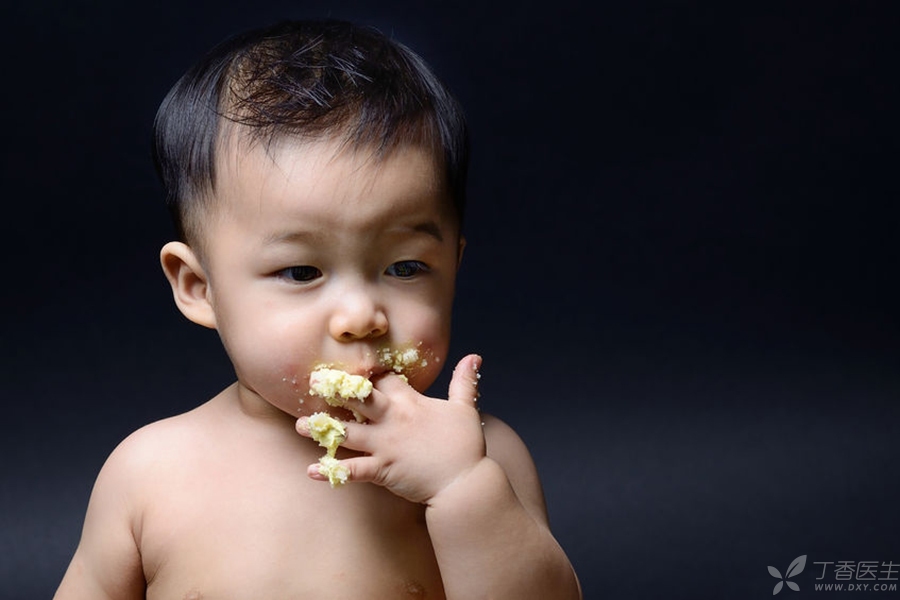
For babies under 1 year old, high-risk foods have these
Babies aged 0 ~ 1 mainly come from breast milk or formula milk. After six months, some supplementary foods can be gradually added.
Supplementary foods can provide some nutrition, but the more important significance is to make children gradually transition to a regular diet.
When giving supplementary foods to infants, special attention should be paid to two types of foods except those within one year old:
One is honey.
Honey may contain botulinum, which the adult digestive system can cope with. However, the baby’s digestive system is not yet fully developed and may be poisoned if exposed to botulinum. To be on the safe side, honey should not be added to baby’s supplementary food.
The second is salt.
Babies before the age of one should not add salt or any form of salt, sea salt or soy sauce for children.
If the baby eats salt too early and takes too much sodium ions, it will increase the risk of hypertension and cardiovascular diseases in the future, and at the same time it will also impose a burden on the baby’s immature kidney.
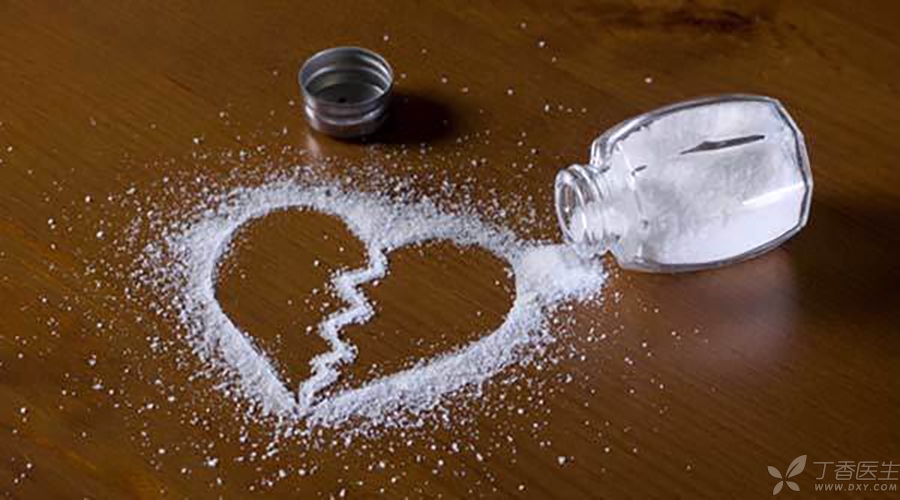
Children in early childhood should pay attention to food that is easy to choke.
When the baby grows up, there are more kinds of food that can be accepted, and the taboos seem to be much less.
At this stage, for children, the physical state of food causes far more accidents than food ingredients.
In the United States, as many as tens of thousands of children go to hospitals every year because of food choking, of which dozens lead to death. Among the causes of death for children under 3 years old, food choking ranks first.
This is because, before the age of 3, children’s chewing function is not perfect and it is easy to [swallow whole]. However, their esophagus is still very thin and is easily stuck and suffocated.
The most likely food to choke children is ham sausage. In addition, jelly, hard candy, nuts such as peanuts, grapes, raw carrots, apples, popcorn and so on have choked many children.
However, some foods that look [soft] but are actually deformed but not easy to swallow are also easy to get stuck in the esophagus, such as peanut butter, marshmallow, jelly, chewing gum, etc.
Also, many Chinese parents like to give their babies the yolk of eggs. The yolk is strong in absorbing water and soft in itself. Children do not chew enough and do not secrete much saliva, which makes it easy to get stuck in the esophagus. (Food such as mung bean cakes is also very similar.)
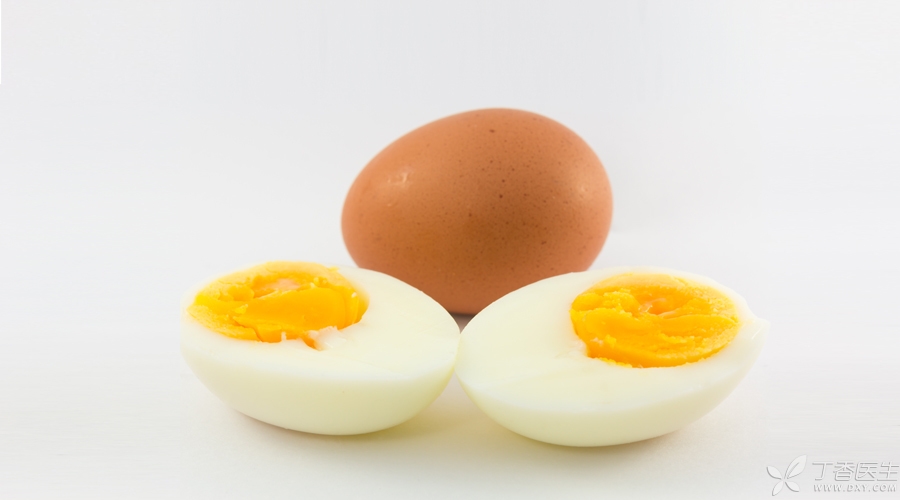
If parents want their children to eat these foods, they need to be especially careful:
First, when the baby eats, adults must watch.
Once the signs are wrong, they can be dealt with in time. In order to save trouble, adults cannot do things just because they give food to their babies.
Second, let the baby form the habit of devoting himself to eating.
You can’t do other things while eating, such as walking, running, talking, laughing, etc.
Third, parents set an example and chew slowly.
Don’t use food to play dangerous games, such as throwing food up and picking it up with your mouth, putting large pieces of food into your mouth, racing to eat quickly, etc.
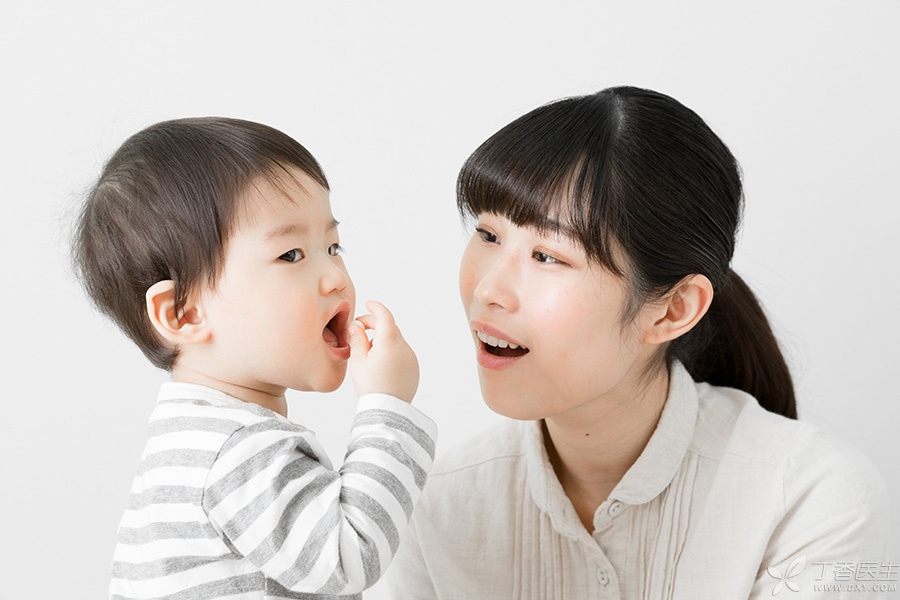
Sweet Food & Heavy Taste Food: Health Is Not Good, Eating More Is Not Suitable for
Some parents may say:
Then I know, pay attention to these high-risk foods, can children give whatever they want?
Not really.
As Dr. Clove said at the beginning, food that is not good for health should be eaten as little as possible or even not. The most typical ones are the following two.
Step 1: Sweets
In children’s food, sugar-rich foods are often high-calorie and single-nutrition foods. If you eat more such foods, you will eat less nutritious [healthy foods], which will further affect children’s development.
In addition, eating too much sweet food also poses a great hidden danger of dental caries.
2. Foods with heavy flavors
Apart from sugar, many children also like to eat puffed food because of [sufficient taste]. Some parents also like to add soy sauce, honey, thick soup and so on to food because [children like to eat].
These heavy flavors of seasoning food, in fact, this is not good for the baby.
The more foods with heavy tastes are eaten, the more tricky the children’s mouths will be, and the more they will resist those [healthy foods] with bland flavors, thus further strengthening picky eating and partial eating.
Therefore, there is no what in the world that is [food that is not given to children even if they are killed]. Parents should relax on the one hand and try their best to create a list of healthy eating environments for their children on the other.
-how avoids giving Eva these unhealthy foods?
If you are out of sight, you will not be greedy.
-What if Eva sees it and wants to eat it?
Moderate amount, moderate, not impossible.
